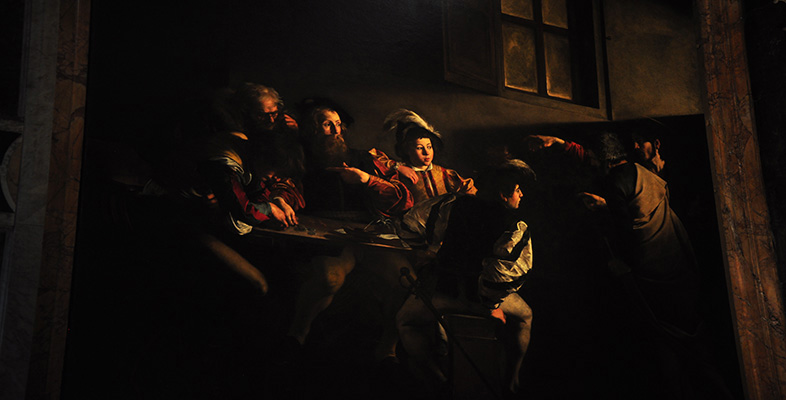4 Conclusion
The biographical monograph is probably one of the best ways of writing appealing and accessible art history. Helen Langdon's Caravaggio is an attractive and well-written narrative of the life and work of an important and allegedly infamous artist. We learn about a set of artworks in a particular context and at the same time get to know a ‘new friend’ whose personality and environment seem to speak through the illustrations. The biographical structure is also a convenient way of controlling a large quantity of material to form a coherent and tidy narrative of an artist's life – and a quick look at the range of sources and contextual material Langdon has used reveals the enormity of her task.
Although the biographical monograph is one of the most common – and popular – forms of art historical writing it is based on problematic assumptions that have prevailed in the discipline since before Vasari in the sixteenth century. The biographical structure conflates the life of an artist with his or her work in such a way that it seems that the only way to find the true meaning of a work of art is by recreating the artist's intentions. A psychoanalytic approach is an extreme way to unite the artist and his or her work, especially if the art historian's intention is to ‘get inside the head’ of the artist. This is clearly impossible, unless the art historian intends to embellish the history with fiction. That said, psychoanalytic approaches can still be useful if the artist and his or her work are separated – because the artwork has a life beyond that of the artist.
It has not been the intention in this course to do away with the biographical monograph as a way of writing art history. Rather is has been to deconstruct the method so that you can choose to use it, or not, fully aware of its possibilities and its limitations. Ask yourself, when you write about an artwork, are you in fact writing about the artist?
Do this
Now you have completed this course, you might like to:
Post a message to the course forum.
Review or add to your [Tip: hold Ctrl and click a link to open it in a new tab. (Hide tip)] Learning Journal.
Rate this course.
Try this
You might also like to:
Find out more about the related Open University course.
Book a FlashMeeting to talk live with other learners.
Create a Knowledge Map to summarise this topic.
